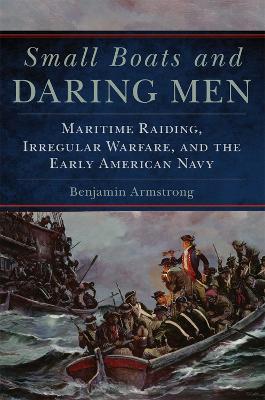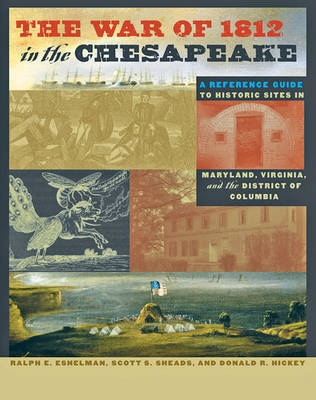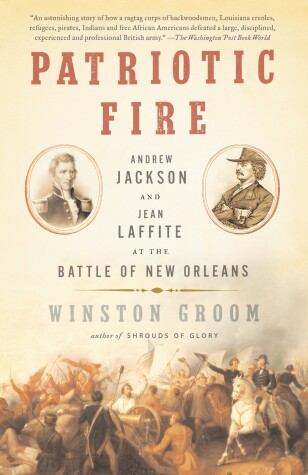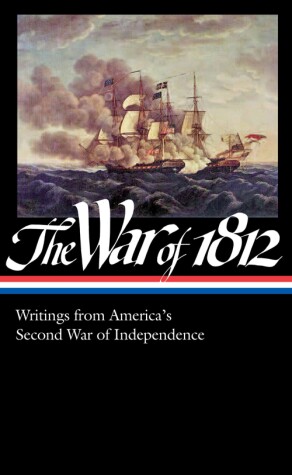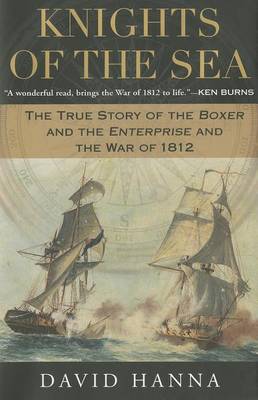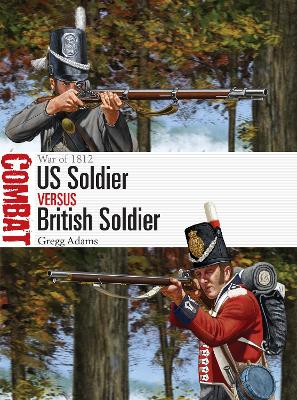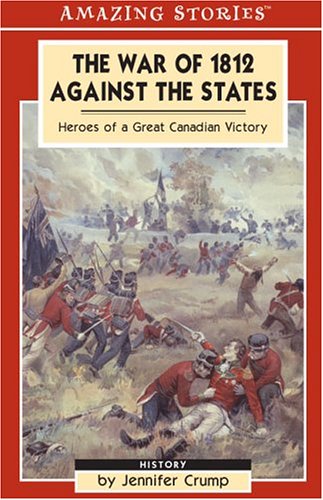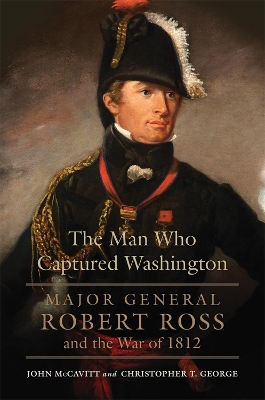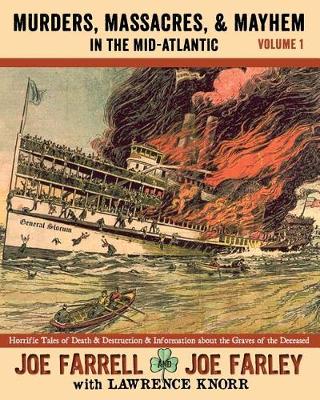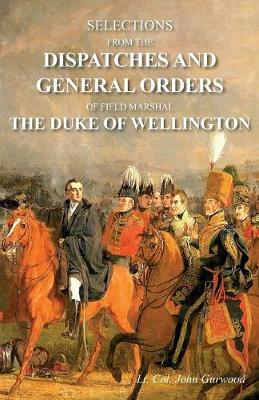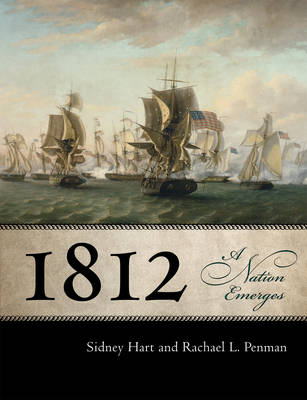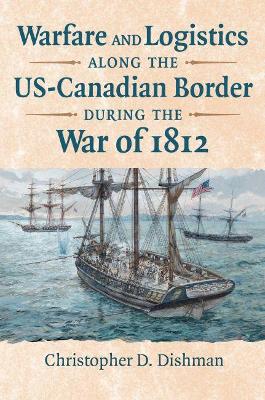A Narrative of a Light Company Soldier's Service in the 41st Regiment of Foot, During the Late American War
by Shadrach Byfield
Two centuries before the daring exploits of Navy SEALs and Marine Raiders captured the public imagination, the U.S. Navy and Marine Corps were already engaged in similarly perilous missions: raiding pirate camps, attacking enemy ships in the dark of night, and striking enemy facilities and resources on shore. Even John Paul Jones, father of the American navy, saw such irregular operations as critical to naval warfare. With Jones's own experience as a starting point, Benjamin Armstrong sets out t...
The War of 1812 in the Chesapeake (Johns Hopkins Books on the War of 1812)
by Ralph E Eshelman, Scott S Sheads, and Donald R Hickey
The War of 1812 between the United States and Great Britain was fought throughout nearly all of the country, from the waters of the Atlantic Ocean to the vast frontier between the U.S. and Canada. No theater of war suffered more than the Chesapeake Bay region, where 11 battles-including Craney Island, Hampton, Bladensburg, and Baltimore-63 skirmishes, and 86 raids took place. Featuring a comprehensive list of more than 800 of the war's historical sites in the region, this book is an indispensabl...
December 1814: its economy in tatters, its capital city of Washington, D.C., burnt to the ground, a young America was again at war with the militarily superior English crown. With an enormous enemy armada approaching New Orleans, two unlikely allies teamed up to repel the British in one of the greatest battles ever fought in North America.The defense of New Orleans fell to the backwoods general Andrew Jackson, who joined the raffish French pirate Jean Laffite to command a ramshackle army made...
In the early nineteenth century, the United States of America was far from united. The United States faced internal strife over the extent of governance and the rights of individual states. The United States' relationship with their former colonial power was also uncertain. Britain impressed American sailors and supported Native Americans' actions in the northwest and on the Canadian border. In the summer of 1812, President James Madison chose to go to war against Britain. War in the Chesapeake...
The War of 1812: Writings from America's Second War of Independence (LOA, #232)
On June 18, 1812, the United States formally declared war for the first time. President James Madison's call to arms against Great Britain provoked outpourings of patriotic fervor and vigorous-some said treasonous-domestic opposition. Over the next three years the War of 1812 would prove as divisive as it was rich in nationalist myth-making: We have met the enemy, and he is ours . . . Don't give up the ship! . . . Oh, say can you see . . . . Now, on the bicentennial of a conflict that shaped the...
On a September day in 1813, as citizens watched from the rocky shore of Pemaquid, Maine, two of the last and bravest military sailing commanders engaged in a battle that would change the course of the War of 1812... Samuel Blyth was the youthful commander of His Britannic Majesty’s brig Boxer, and William Burrows, younger still, commanded the USS Enterprise. Both men valued honor above all, and on this day their commitment would be put to the ultimate test. Though it lasted less than an hour,...
Between June 1812 and January 1815, US and British forces, notably the regular infantrymen of both sides (including the Canadian Fencibles Regiment), fought one another on a host of North American battlefields. This study examines the evolving role and combat performance of the two sides’ regulars during the conflict, with particular reference to three revealing battles in successive years: Queenston Heights, Crysler's Farm, and Chippawa. Featuring full-color artwork and battle maps, this fully...
The War of 1812 Against the States (Amazing Stories)
by Jennifer Crump
The Man Who Captured Washington (Campaigns and Commanders)
by John McCavitt and Christopher T George
An Irish officer in the British Army, Major General Robert Ross (1766-1814) was a charismatic leader widely admired for his bravery in battle. Despite a military career that included distinguished service in Europe and North Africa, Ross is better known for his actions than his name: his 1814 campaign in the Chesapeake Bay resulted in the burning of the White House and Capitol and the unsuccessful assault on Baltimore, immortalized in ""The Star Spangled Banner."" The Man Who Captured Washington...
Murders, Massacres, and Mayhem in the Mid-Atlantic (Murders, Massacres, and Mayhem in the Mid-Atlantic, #1)
by Joe Farrell, Joe Farley, and Lawrence Knorr
Selections from the Dispatches and General Orders of Field Marshal the Duke of Wellington
by John Gurwood
The War of 1812 completed the struggle for American independence that began in 1776 and propelled a new nation forward. 1812: A Nation Emerges accompanies the National Portrait Gallery exhibition of the same name and features 115 color images, an introduction by one of the exhibition's curators, and two essays by leading historians. Marking the two-hundredth anniversary of the conflict, this book explores how the United States was transformed and unified by the individuals who took part in that...
Warfare and Logistics Along the Us-Canadian Border During the War of 1812
by Christopher Dishman
The Invasion of Canada (Lorimer Illustrated History)
by Ronald J Dale
"Ron Dale traces the course of this gruelling two-year conflict, bringing to life people and engagements that have become legendary in Canada: General Brock's stand at Queenston Heights, Tecumseh's death at Moraviantown, Laura Secord's epic trek through the woods. He also recovers some equally important, but more obscure results of the conflict, including how the Bank of Nova Scotia was created with privateering prizes from the war."--Publisher's description.


